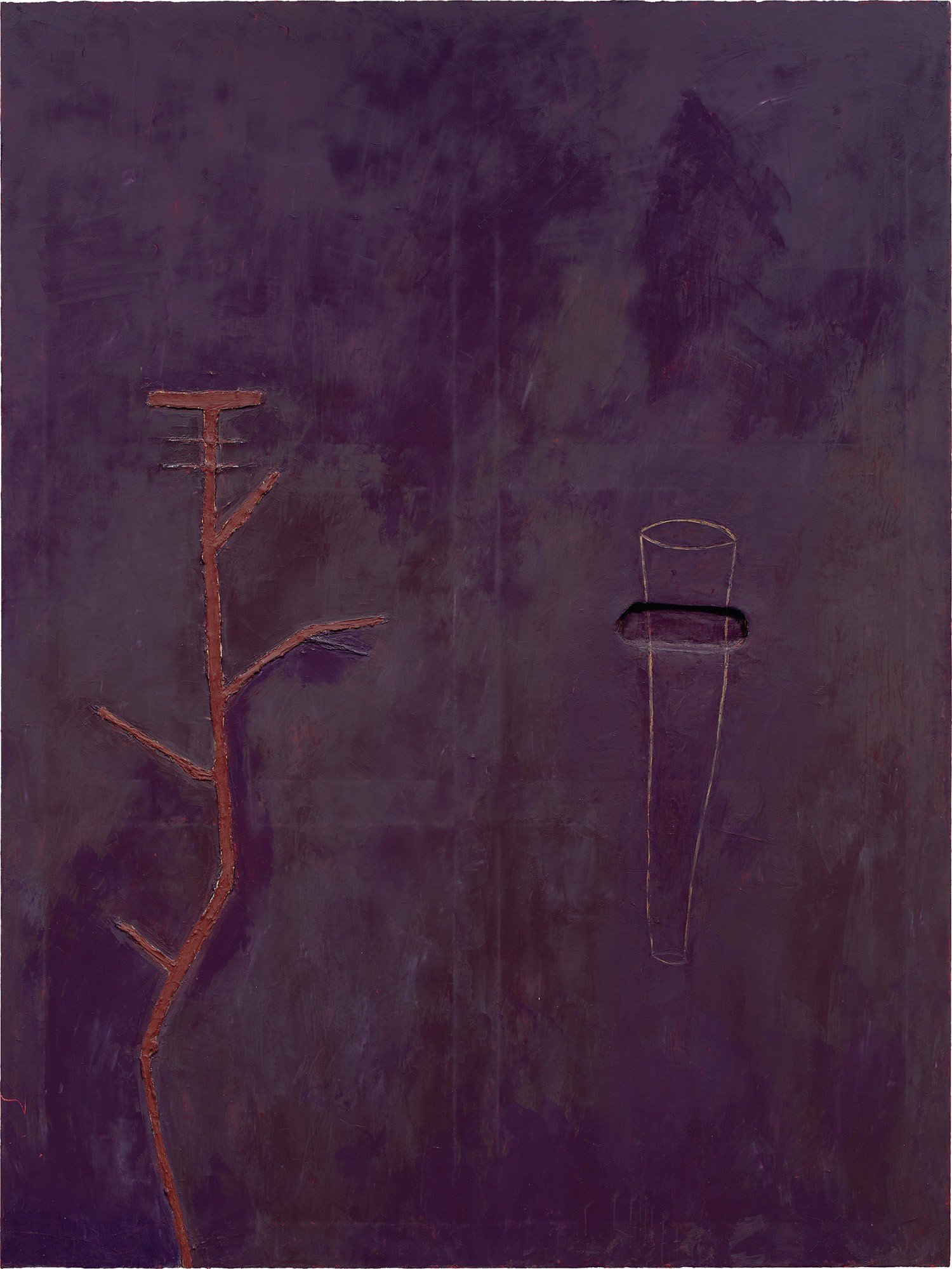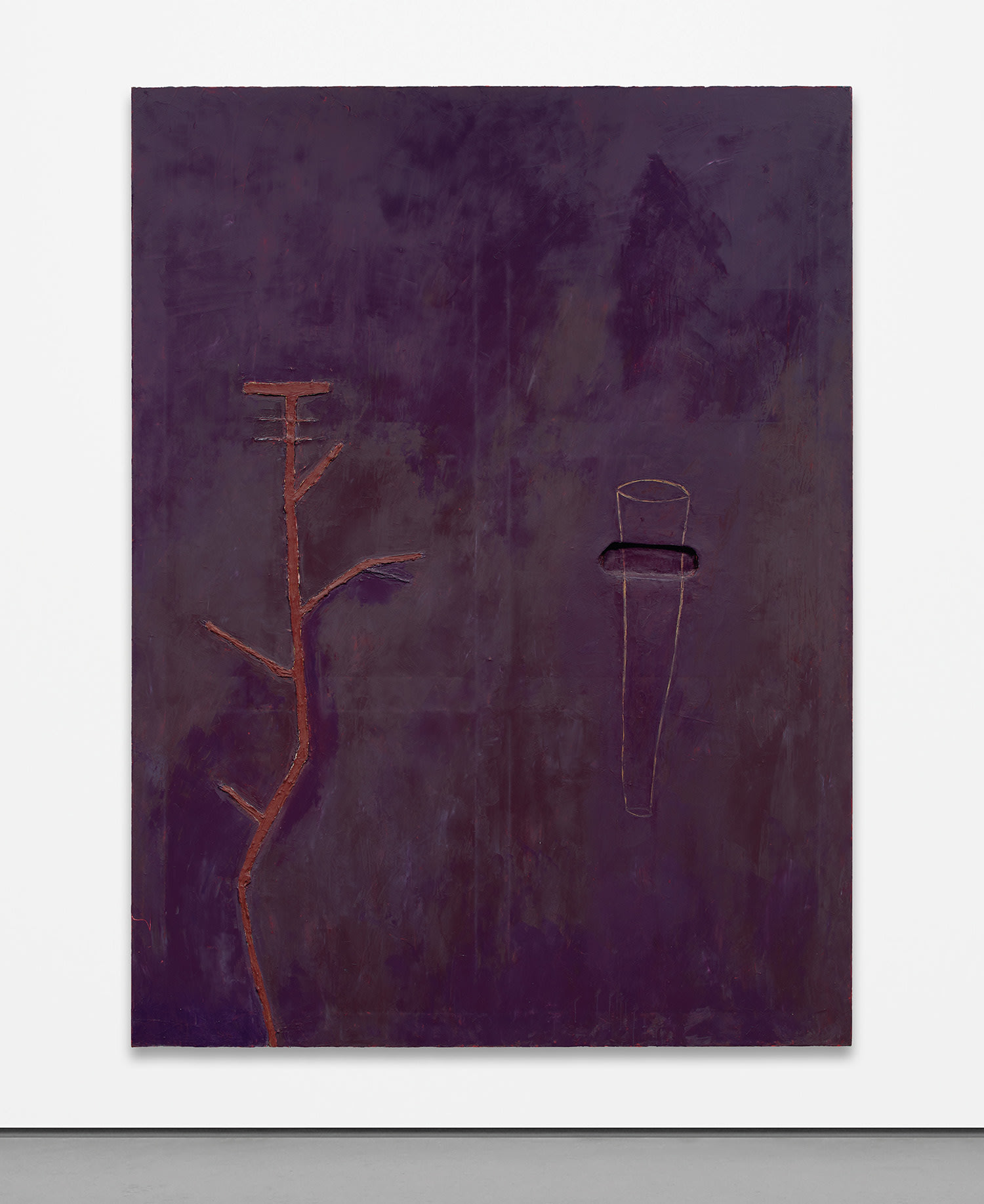



Property from a Distinguished Midwestern Collection
126
Julian Schnabel
Lazarus, Second Painting for Aldo Moro
signed and dated "Julian Schnabel 1979" on the reverse; further signed, titled, inscribed and dated "Julian Schnabel Spring 1979 2nd ptng for Aldo Moro (Lazarus)" on the stretcher; further signed and indistinctly inscribed "Julian Schnabel" on the overlap
oil and wax on canvas
95 5/8 x 72 in. (242.9 x 182.9 cm)
Painted in 1979.